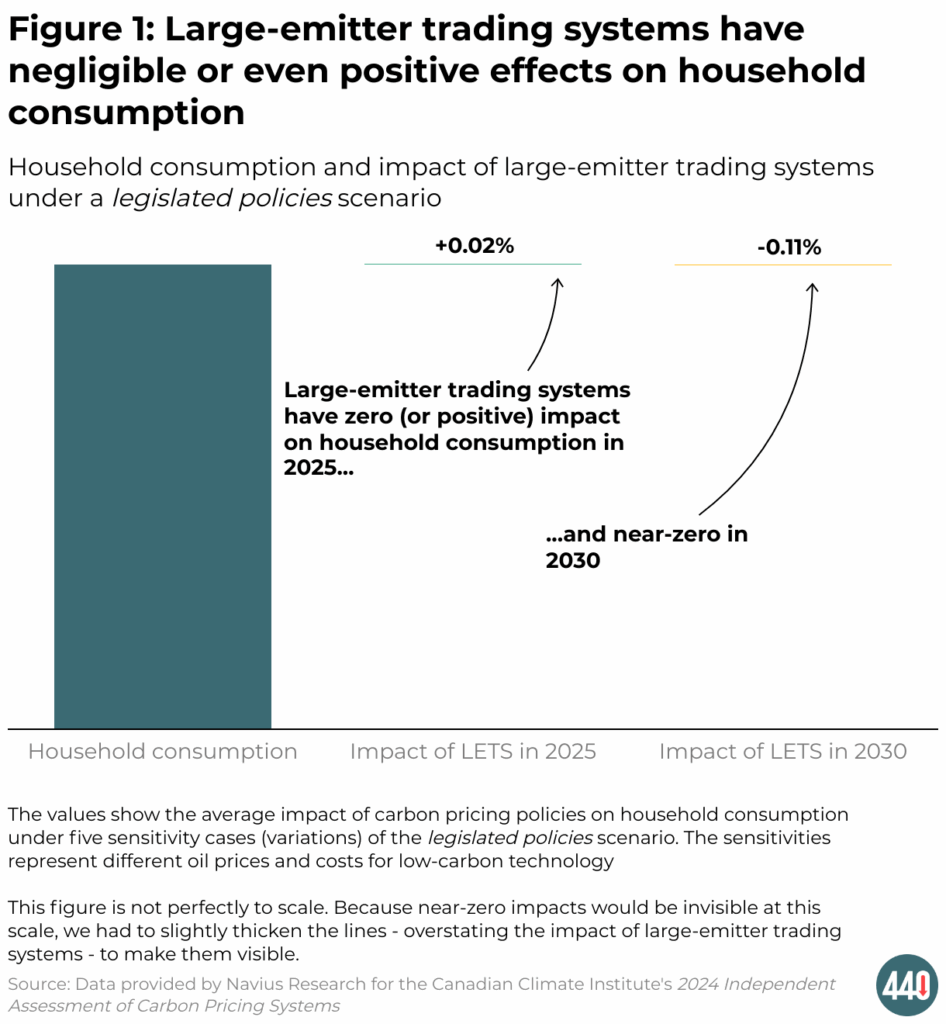BACKGROUNDER
Overview
In December 2025, the federal government announced two years of seed funding to develop Canada’s sustainable investment guidelines, commonly referred to as a sustainable finance taxonomy.
Successfully establishing sustainable finance investment guidelines in Canada will be crucial to securing our country’s energy transition and future prosperity. It will create a common language for capital markets around the types of projects and activities that are aligned with Canada’s climate and economic goals. And it will help mobilize private finance towards new, clean growth projects that can decarbonize existing, emissions-intensive sectors, increasing their global competitiveness.
Who’s Involved
The Canadian Climate Institute will work collaboratively with Business Future Pathways to establish a robust and independent governance structure to oversee the development of science-based taxonomy criteria and undertake stakeholder engagement. Together, the Canadian Climate Institute and Business Future Pathways will enable and support the work of a new independent Taxonomy Council, which will review and ultimately approve investment guidelines.
The Canadian Climate Institute will lead the research and technical work to inform development of the proposed guideline criteria, and work with Business Future Pathways to convene the decision-making Council and its financial and technical advisory bodies. The Council and advisory bodies will include representatives from independent experts and academics, the financial sector, climate scientists, Indigenous representatives, and civil society. As efforts get underway, working groups with specific areas of expertise in key industries and sectors will also be established to inform recommendations to the Council.
The Taxonomy Council is expected to finalize investment guidelines for three priority sectors by the end of 2026 and complete three additional priority sectors by Fall 2027. The Council will collaborate closely with government, industry, and other key stakeholders to determine the initial priority sectors, based on consideration of where taxonomy guidance has the greatest potential to deliver emissions reductions and promote low-carbon competitiveness in the Canadian economy.
Why Made-in-Canada Sustainable Investment Guidelines Matter
Building on the significant work of Canada’s Sustainable Finance Action Council—which will form the basis for Canada’s new sustainable investment guidelines, and was endorsed by Canada’s 25 largest financial institutions—the Canadian guidelines will establish criteria for “green” investments as well as “transition” investments. It will prioritize guidelines for investment in projects and sectors that are most essential to Canada’s economic growth while ensuring alignment with international investment taxonomies and science-driven climate targets.
Developing these investment guidelines will help Canada catch up in the race for global capital as markets shift. More than 60 sustainable finance taxonomies are currently being used and developed around the world, including almost all of Canada’s major trading partners. Recent research from the University of Hamburg shows that investments into companies aligned with the European Union’s sustainable finance taxonomy generated an “alignment premium” in returns for those companies.
There is significant momentum behind aligning international taxonomies to support the flow of green and transition capital across borders, for example, in the form of green and transition bonds.
Next Steps
The first order of business will be the selection of the new Taxonomy Council. This process will be led by a temporary Appointment Committee composed of highly-regarded finance, climate, and governance experts. It is anticipated that Council members will be appointed and announced early in the new year.
Over the next two years the Council will work to formalize green and transition investment guidelines for six (yet to be determined) priority Canadian sectors. These guidelines will be science-based, technology-neutral, and include criteria that screen-out investments that could cause significant harm.
Quotes
“As Canada works to build stronger, more diversified trading partnerships and undertake nation-building projects, globally-aligned, made-in-Canada sustainable investment guidelines will help unlock our country’s economic potential. Canada is one of the best places in the world to put green and transition capital to work. These guidelines will help direct that investment toward the opportunities that will shape our shared future.”
- Barb Zvan, Chair of the Financial Advisory Committee, Business Future Pathways; Former Chair of the Sustainable Finance Action Council Taxonomy Technical Expert Group
“The new sustainable investment guidelines will give Canada what investors have been asking for: a clear, credible, science-based system for identifying which activities in the economy are aligned with the country’s climate and competitiveness goals. Crucially, Canada’s guidelines will not just focus on defining clean technologies and investments—they will be designed to help transform emissions-intensive sectors that are central to the national economy, and guide credible pathways for them to compete in a low-carbon world.”
- Jonathan Arnold, Director of Sustainable Finance, Canadian Climate Institute
About the Canadian Climate Institute
The Canadian Climate Institute is Canada’s leading climate change policy research organization. We produce rigorous analysis, economic modelling, and in-depth research on policy solutions to help Canada adapt to the effects of climate change, and compete and prosper in the global energy transition. The Institute led the technical analysis behind the Sustainable Finance Action Council’s Taxonomy Roadmap Report in 2023.
About Business Future Pathways
Business Future Pathways is a pragmatic, science-based, and non-partisan initiative focused on improving clarity and alignment on climate-readiness expectations between investors and companies. The ultimate goal is to increase Canada’s climate competitiveness by equipping Canadian companies with the guidance and guidelines necessary to meet investor and market expectations as the world transitions to net-zero emissions. Separate from its taxonomy-related work Business Future Pathways has also secured philanthropic support to develop investor-endorsed, made-in-Canada guidance to help companies operationalize and report credible climate transition plans.

